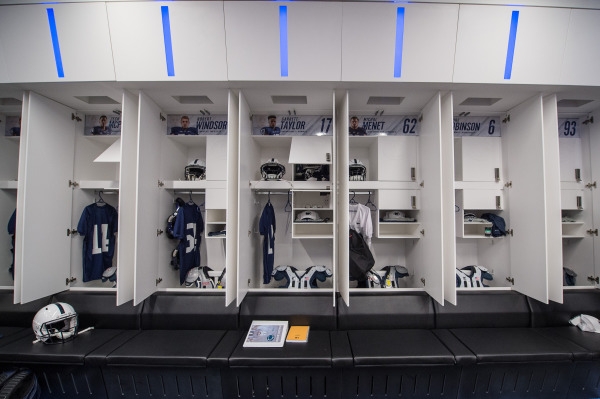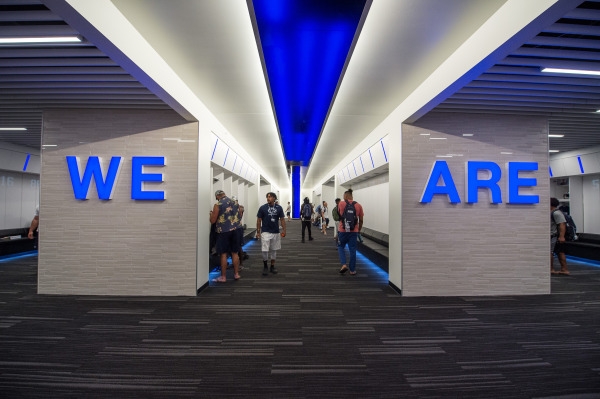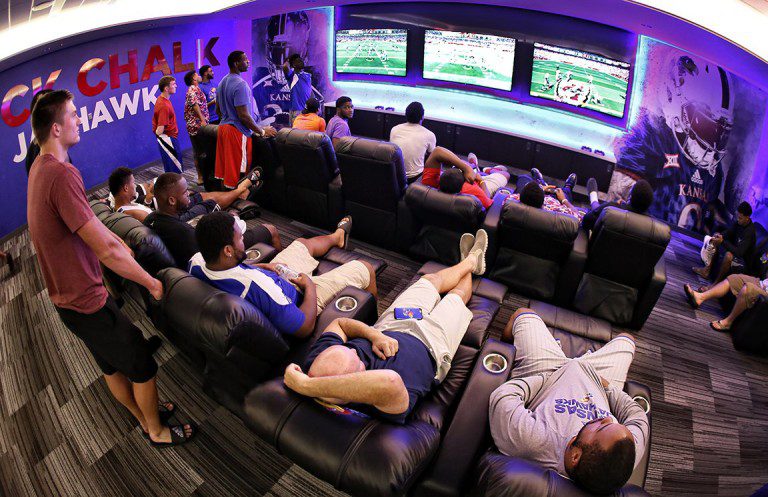the importance of locker rooms in team chemistry
As extravagant and luxurious as they’ve become, locker rooms aren’t just there to look pretty or to act as a changing room and storage space. As players and coaches will attest, locker rooms play a big role in team building.

Locker rooms are the place where everything pre-and post-game happens — conversations about how hard practice was, compliments on a teammate’s performance, discussions about upcoming games and areas for improvement, and passing comments on the best pizza places in the city. They’re a place for banter, jokes and fun, and they’re the starting place for creating a team that genuinely likes one another.
The importance of team chemistry is something players and coaches know well. An ESPN article asked former players how important they think locker-room chemistry is, and several agreed that team chemistry is important to a team’s success
“To me, chemistry is more important than talent. When a team has the right chemistry, the players forget about individual accolade…Instead, they focus on playing with one another. That is what chemistry is all about," said ex-player Mark Schlereth
“[Team chemistry] doesn’t mean you have to be best friends," said Sean Salisbury, former Patriots player, “Although it helps when a team is like a family that both hangs out together and trusts each other on the field on a Sunday or Monday night.”

Although team culture can be fostered in many ways, placing importance on the locker room means focusing on players spaces and giving them the resources to truly feel comfortable together as a team. It’s not guaranteed that players will meet up and bond outside of practice and games, but it is guaranteed that they’ll be the in locker room before and after workouts, practices and games. The less grungy a locker room is, the less likely athletes are to rush out. If the environment is comfortable, players are more likely to take their time getting ready to go and to socialize before and after games.
“The locker room should be a comfortable place for athletes to prepare and recover from practices and games.” — Brian Freeland, Sports and Fitness Network

So, if the luxurious locker rooms that seem to pop up every day seem excessive, remember that, a lot of times, there’s a greater purpose than to just show off. Given the importance of locker rooms in team chemistry, the fancy couches and big lockers could be helping the team get its next win.
Locker room design is one of the major cornerstones in training, recruiting, performance, and recovery. It’s one of the major places where organizations can showcase their efforts to identify player and coaching needs. Make sure that whatever your next locker rooms ends up becoming, It starts by listening to current players and staff and bringing their ideas to the table.
